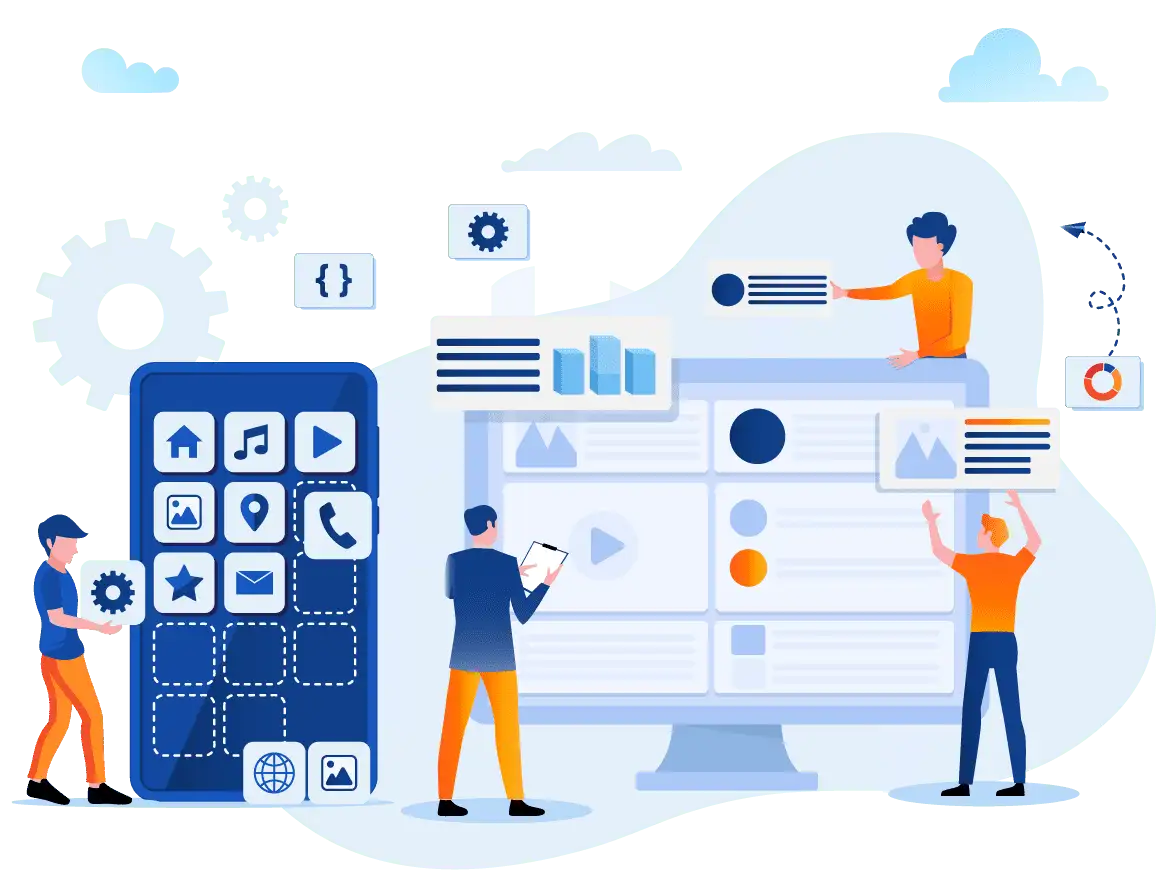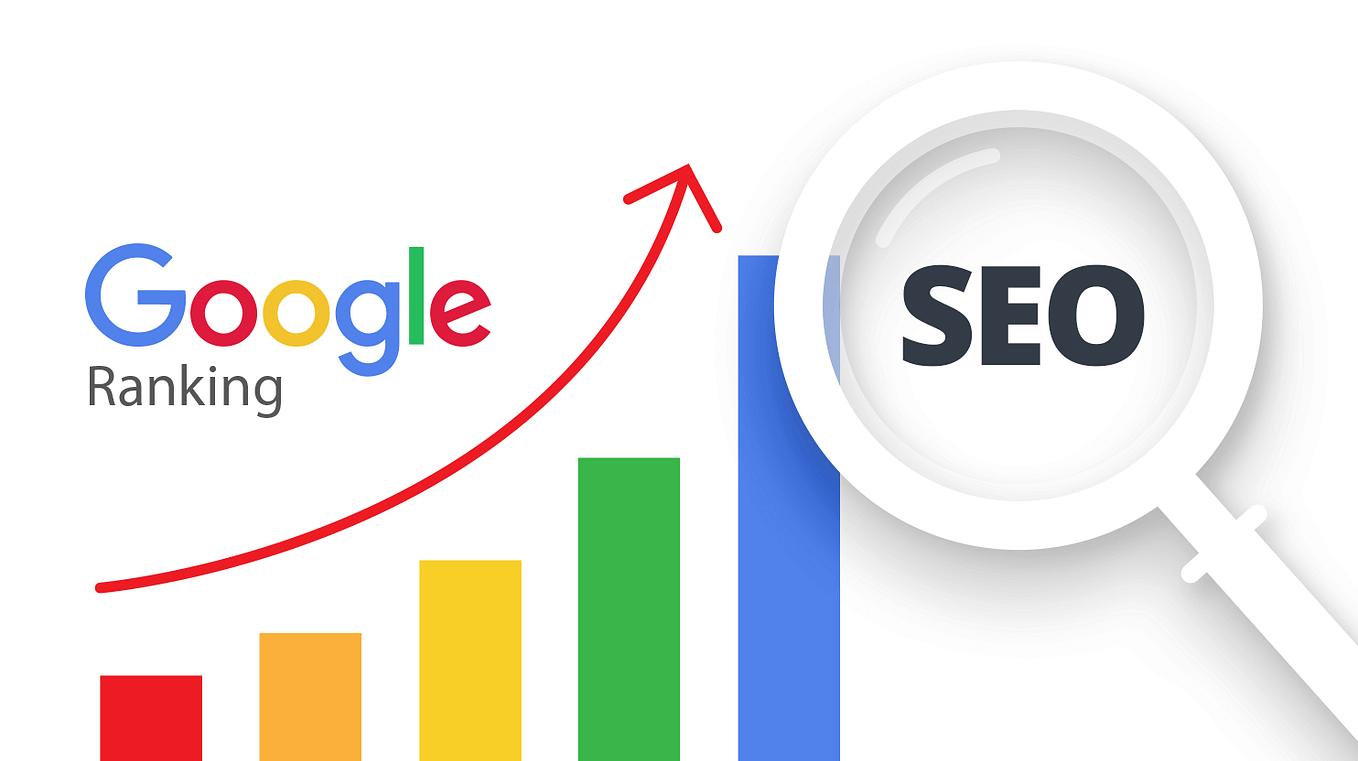In today’s digital-first world, entrepreneurs—from restaurateurs to logistics providers—are asking the same burning question: “How much does it cost to build a mobile app?” Whether you’re a seasoned businessman eyeing digital transformation or a lean startup poised to disrupt your industry, understanding the true price tag behind a mobile app—and the hidden costs that follow—is crucial. This guide breaks down every model, every line item, and every strategic consideration so you can budget smartly and scale confidently.
Table of Contents
- Why Mobile Apps Matter for Your Business
- Four Paths to App Development (and What They Cost)
- SaaS Solutions: Quick Start, Limited Control
- Template-Based Apps: Budget-Friendly & Fast
- Fully Custom Apps: Total Ownership, Higher Investment
- Hybrid Approach: Best of Both Worlds
- Beyond the Build: Ongoing & Hidden Expenses
- Key Pitfalls That Sink App Startups
- Regional Cost Comparison: India vs. USA vs. Europe
- Fast-Track Your Success: Budgeting & MVP Strategies
- Conclusion & Next Steps
1. Why Mobile Apps Matter for Your Business?
- Ownership of your digital “address.” Just like your brick-and-mortar location, a mobile app is where customers find, engage with, and buy from you—on the world’s largest storefronts (App Store & Google Play).
- Direct engagement. Push notifications, in-app messaging, and loyalty programs drive retention far better than generic email or social campaigns.
- Competitive differentiation. A slick, well-built app can set you apart even in crowded verticals like food delivery, home services, or on-demand logistics.
💡 Pro Tip: Before budgeting, define your app’s core problem, target users, and revenue model—this anchors cost vs. ROI discussions.
2. Four Paths to App Development (and What They Cost)
2.1 SaaS Solutions: Quick Start, Limited Control
- What it is: Ready-made software you subscribe to—no coding required.
- Pros: Instant launch, minimal setup, built-in maintenance.
- Cons: You do not own the source code or IP; customization is limited by the vendor’s roadmap.
- Typical Cost: $100–$1,000+/month
- Best for: Entrepreneurs prioritizing speed over ownership, with minimal custom needs.
2.2 Template-Based Apps: Budget-Friendly & Fast
- What it is: Pre-built templates where you swap logos, colors, and text.
- Pros: Launch in 1–2 weeks; low upfront investment.
- Cons: Generic UI/UX; limited unique features.
- Typical Cost (India): ₹20,000–₹25,000
- Best for: Small local businesses testing the mobile channel with limited budgets.
2.3 Fully Custom Apps: Total Ownership, Higher Investment
- What it is: Building from the ground up—tailored UI/UX, bespoke features, full IP ownership.
- Team Required: Project Manager, UI/UX Designer, 2–4 Developers (iOS/Android), QA Engineer
- Timeline:
- MVP: 3–4 months
- Full App: 6–12 months
- Hourly Rates: $10–$40/hr (India) vs. $100+/hr (USA)
- Estimated Cost:
- India: ₹400,000–₹1,000,000+ (≈$6,000–$12,000+)
- USA/Europe: $10,000–$100,000+
- Best for: Businesses that need unique workflows, advanced integrations, or plan to scale aggressively.
2.4 Hybrid Approach: Best of Both Worlds
- What it is: Start with a robust pre-built solution and buy the source code. Then, customize to your brand and add features.
- Pros: Balances time-to-market with ownership; source code in hand for future pivots.
- Cons: Limited to the foundation of the chosen platform; deeper customizations may push costs up.
- Typical Cost: $5,000–$25,000
- Best for: Startups needing speed but unwilling to relinquish long-term control.
3. Beyond the Build: Ongoing & Hidden Expenses
Building your app is only Phase I. Here’s what you’ll pay every month or quarter:
| Expense Type | What It Covers | Typical Range |
| Technical Support & Updates | Bug fixes, feature tweaks, OS upgrades | $500–$5,000+/month |
| Hosting & Server Costs | Cloud storage, database, CDN | $20–$1,000+/month |
| SMS/OTP Integration | User authentication via SMS or email | $0.005–$0.02/message |
| API Subscriptions | Third-party data feeds (maps, payments, analytics) | $50–$500+/month |
| Continuous Development | New features, UX improvements, security patches | Varies by scope |
🔍 Reality Check: Many founders budget only for initial dev. But 30–50% of your total 3-year spend is in maintenance, hosting, and iterative feature launches.
4. Key Pitfalls That Sink App Startups
- Building for “Not Painful Enough” Problems
If users don’t see a real pain point, they won’t switch apps—free or paid. - Feature Creep & Over-Complication
A bloated feature list delays launch and confuses early adopters. Keep your MVP razor-focused. - Underestimating Time & Complexity
Many entrepreneurs assume a simple idea = simple app. Reality: integrations (payments, maps, push notifications) add hidden complexity. - Ignoring Go-to-Market Strategy
Without a solid launch plan—targeted ads, PR outreach, app store optimization—your app gets lost in a sea of competitors. - Lack of “Unfair Advantage”
In crowded verticals (e.g., food delivery, telehealth), you need domain expertise or exclusive partnerships to stand out.
5. Regional Cost Comparison: India vs. USA vs. Europe
| Region | Hourly Rate Range | MVP Cost Range | Enterprise App Cost |
| India | $10–$40/hr | ₹400,000–₹800,000 | ₹1,000,000–₹5,000,000+ |
| USA | $100–$200+/hr | $25,000–$50,000 | $100,000–$500,000+ |
| Europe | $70–$150/hr | $20,000–$45,000 | $80,000–$300,000+ |
🌍 Local SEO Tip: If you’re searching for “app developers near me” or “mobile app development India,” specifying your city (e.g., “Delhi app development”) can yield more targeted vendor responses.
6. Fast-Track Your Success: Budgeting & MVP Strategies
- Define Your Core Hypothesis
What single feature solves the biggest pain? Focus your MVP here. - Allocate Budget by Phase
- Phase I (MVP Launch): 40–50% of total budget
- Phase II (Iteration & Growth): 30–40%
- Phase III (Scale & Expand): 10–20%
- Use Analytics from Day One
Integrate crash reporting (e.g., Sentry), user behavior tools (e.g., Mixpanel), and A/B testing to make data-driven decisions. - Plan Your Go-to-Market
SEO-optimized app store listing, keyword research (“best laundry service app 2025,” “B2B order tracking app”), and localized content (e.g., “for Mumbai restaurateurs”) drive downloads. - Iterate Quickly
Ship small updates every 2–4 weeks. Gather real user feedback via in-app surveys and pivot fast.
7. Conclusion & Next Steps
Building a mobile app is a significant investment—both upfront and ongoing. Yet, with the right strategy—choosing the optimal development path, budgeting for hidden costs, avoiding common pitfalls, and executing a disciplined MVP approach—you can transform your business vision into a high-impact digital asset.
Your Action Plan:
- Audit Your Requirements. List must-have features vs. nice-to-haves.
- Get Three Quotes. Compare SaaS, template, custom, and hybrid options.
- Define KPIs. User acquisition cost (CAC), retention rates, and lifetime value (LTV).
- Launch Lean. Build only the essentials, test with real users, then expand.
Ready to budget your app development journey with clarity and confidence? Start by sketching out your app’s core feature set and reach out to vetted developers in your region. With a realistic roadmap and disciplined execution, your app could be the next big success story in your industry.








